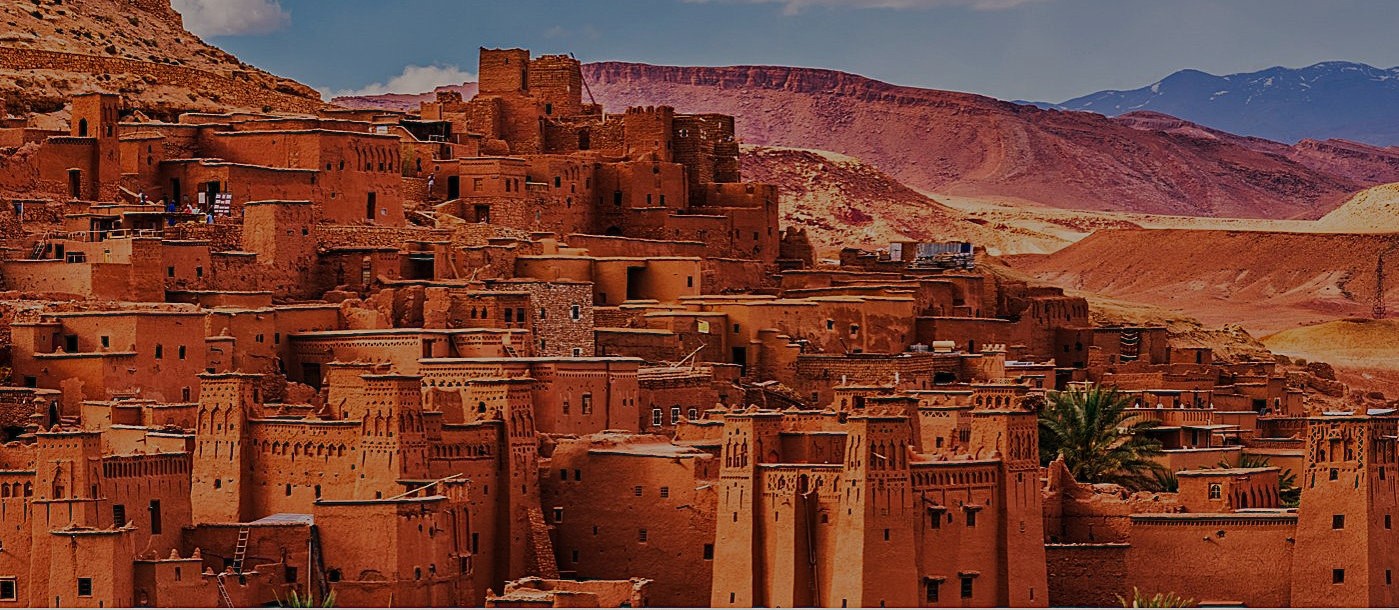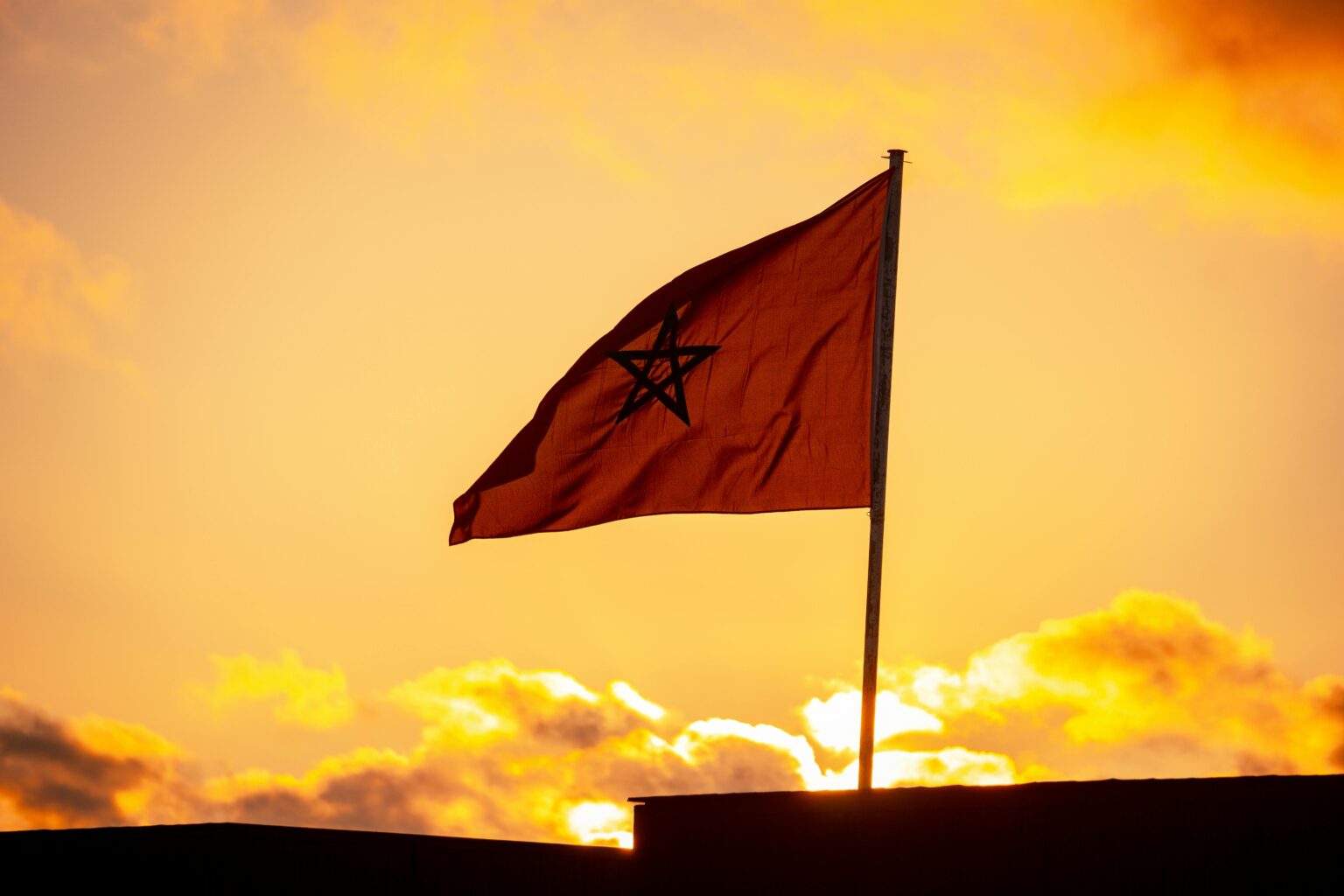History of Morocco
Ancient History in Morocco
The history of Morocco dates back to ancient eras and ages. https://www.gomarrakechdeserttrips.com/private-desert-tours/12-days-tour-from-casablanca-to-marrakech-via-merzouga-desert/ The following is a review of some information about the history of Morocco in those periods:
Morocco in Prehistory
In 2017, archaeological excavations in Morocco revealed the oldest fossil of Homo sapiens, which is considered evidence of the existence of the human race more than 300 thousand years ago.
Some sites have been found in Morocco, dating back to the Neolithic era, near Skhirat and Tetouan, and the sites included evidence of human settlement and agricultural activities, and are evidence of the presence of the Amazigh civilization in Morocco since 9000 BC.
Morocco in ancient times
From the civilizations of these ages:
Phoenicians in Morocco:
By the 11th century BC, the Phoenicians invaded Morocco and established commercial centers in many of its cities, specifically in Tangier, Lixus, Salé, and Essaouira.
Carthaginians in Morocco:
After the decline of Phoenician influence in Morocco, the Carthaginians came and subjugated the city of Tangier to their control. They also controlled the coasts of Morocco and later extended their influence to the interior regions. The Carthaginians also took the cities of Tangier and Essaouira as military bases and built a city on the site of today’s Rabat.
The Romans, Vandals, and Byzantines in Morocco:
Among the most important things mentioned about the history of Morocco during the periods of the rule of these civilizations:
In 40 AD, the Roman Empire controlled the northern parts of Morocco, and the city of Volubilis is considered the most important Roman archaeological site in the country, it was included in the UNESCO World Heritage List in 1997. Morocco remained under Roman control until the 3rd century AD, and by the 4th century AD, it was controlled by an East Germanic tribe called the Vandals. Morocco remained under the rule of the Vandal Kingdom until the mid-5th century AD when the Byzantine Emperor Justinian I (Flavius Petrus Sabbatius Justinianus) came and destroyed their kingdom.
History of the rule of Muslim dynasties in Morocco
Morocco became more resistant to invaders with the arrival of Islam. The beginning of this was in the period from the end of the 7th century AD and the beginning of the 8th century AD, when Islam entered North Africa through the Islamic conquests led by the Umayyads, and Byzantine control ended, and mention about the successive dynasties that ruled Morocco:
Idrisids
In 788 AD, the first Muslim dynasty of Middle Eastern origins emerged, founded by Idris I, who traces his lineage back to the Prophet Muhammad, peace be upon him. The Amazighs pledged allegiance to him in 789 AD. After his death, his son Idris II took over the rule and made the city of Fez, which his father had founded, the capital of the first royal dynasty in Morocco. Among the most important achievements of the Idrisid state in Morocco are the establishment of the Andalusian Mosque (Andalusian Mosque) and the Al-Qarawiyyin Mosque.
Almoravids
A group of desert nomads founded this Amazigh dynasty. Around 1070 AD, the founder of the Almoravid state built the city of Marrakesh and worked to unify Morocco and Andalusia, which contributed to the spread of Andalusian civilization in Morocco. Among the monuments of the Almoravids in Morocco are the Almoravid Dome and the shrine of Al-Mu’tamid ibn Abbad, Emir of Seville and Cordoba.
Almohads
This Berber dynasty descends from the High Atlas, and its founder is the Islamic preacher Ibn Tumart. The Almohads ruled Morocco after eliminating the Almoravids and making Rabat their capital. Among their monuments in Morocco are the Great Mosque of Tinmel, the Hassan Tower (a historical building), and the Koutoubia Mosque.
Marinids
This dynasty is also called Banu Abd al-Haqq or Banu Marin, and it is a Berber dynasty, descended from the Zenata tribe, and made the city of Fez its capital, and founded New Fez (one of the parts of the city of Fez). The Marinids took over Fez and other regions and cities in Morocco (such as Salé and Rabat) after the decline of the influence of the Almohads. In 1269, the founder of the Marinid Empire (Abu Yusuf Yaqub ibn Abd al-Haqq) took control of Marrakesh. The Marinids left many monuments in Morocco and were known for establishing many schools in the country. Among their monuments and schools are: the Chellah Cemetery in Rabat, and the Bou Inania Madrasa in Meknes.
Saadians
The Saadians are considered to be nobles whose lineage extends back to the Prophet Muhammad, peace be upon him. This dynasty was founded by the Saadians and the Amazighs, whose origins go back to the Draa River Valley, and who fought the Portuguese and defeated them in the Battle of Wadi al-Makhazin (the Battle of the Three Kings). The Saadian Tombs are considered one of the most important monuments left by this dynasty in Morocco.
Alawis
The Alawis took over the rule of Morocco after the death of the last Sultan of the Saadian dynasty in 1659. The lineage of this dynasty goes back to Ali ibn Abi Talib, from whom they derived their name. They came from the Hijaz and settled in the Tafilalt oasis. One of the most important achievements of their state was the reunification of Morocco between 1664-1669 AD, at the hands of Rashid ibn Sharif, the third of the Alawi princes, who also worked to establish a central authority in Morocco. The Alawi dynasty made Meknes its capital, worked to build it in a Spanish-Moroccan style, and surrounded it with huge walls.
French and Spanish protection of Morocco
The French protectorate over Morocco extended from 1912 to 1956 and was imposed under the Treaty of Fez, according to which Morocco’s sovereignty became subject to France. France concluded a secret agreement with Spain, under which the latter controlled the Tetouan region to the north, and the Ifni region to the south. As for Tangier, it remained under international protection, and French and Spanish protection over Morocco continued until its independence on November 18, 1956.
History of Modern Morocco
The year of independence (1956) marks the beginning of modern Morocco, one of the manifestations of which is the title of King, instead of Sultan, for the ruler of Morocco. King Mohammed V bin Youssef bin Hassan I was the first to be given this title. On February 26, 1961, Mohammed V bin Youssef died, to be succeeded by his son Hassan II bin Mohammed as King of Morocco, until his death on July 23, 1999. Today, Morocco is ruled by Mohammed VI bin Hassan II Alaoui, and his eldest son Hassan bin Mohammed assumed the throne of Morocco.







